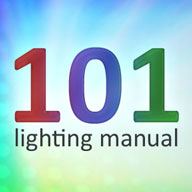Hello, new member to this forum. Joined after gleaning much info on the site- thanks all.
I have a simple project of adding LED strips to the sides of my pontoon boat. I've drafted my layout (I prefer 5V strips vs 12V for the power efficiency on the boat), and I'd like anyone knowledgeable to pass judgement or offer advice on the wiring plan shown below.

I have a simple project of adding LED strips to the sides of my pontoon boat. I've drafted my layout (I prefer 5V strips vs 12V for the power efficiency on the boat), and I'd like anyone knowledgeable to pass judgement or offer advice on the wiring plan shown below.




